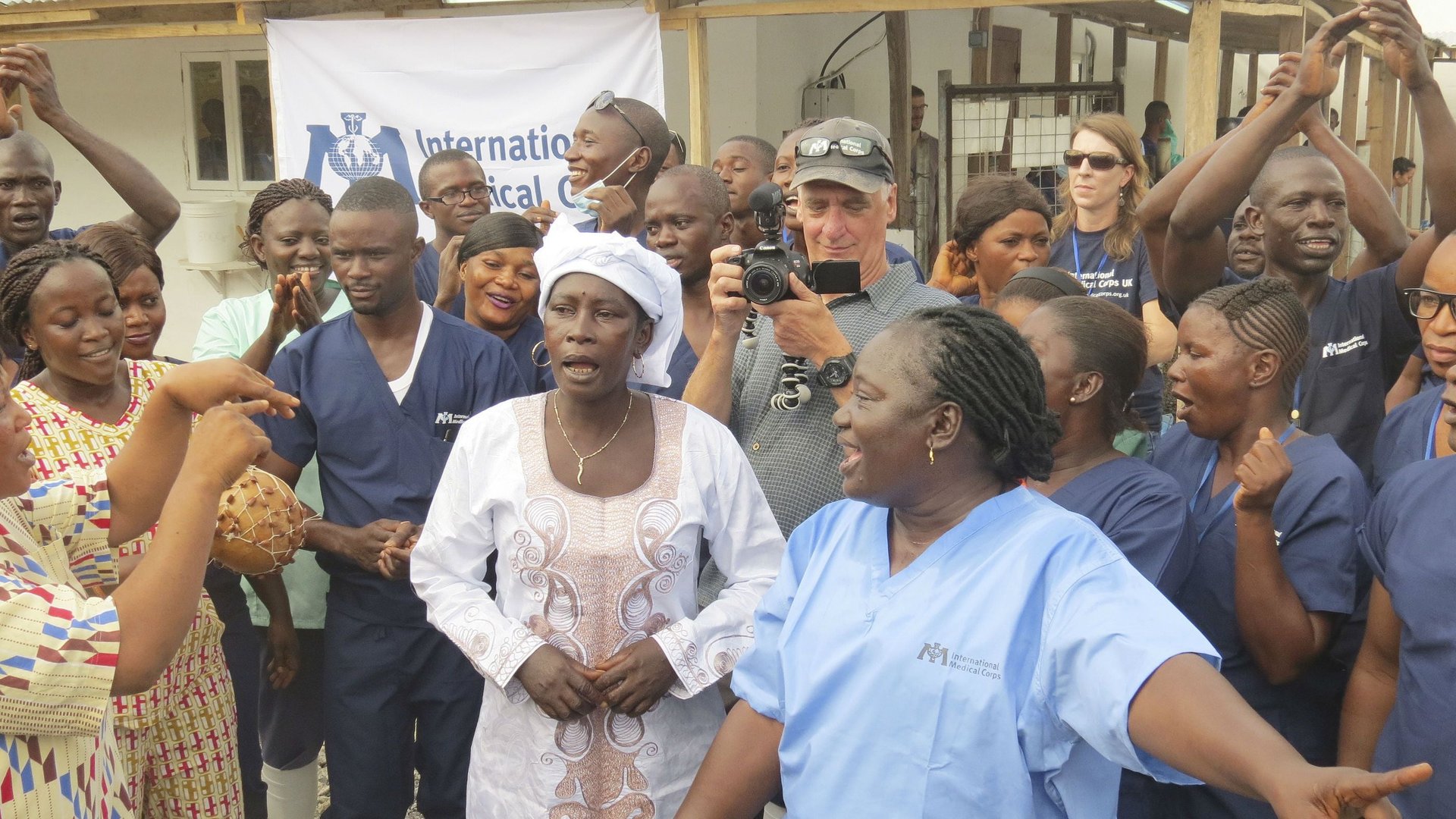Why Sierra Leone’s “last” case of Ebola may not be its last
When Adama Sankoh, 40, Sierra Leone’s last-known Ebola patient was released from the hospital on Aug. 24, she did so dancing and singing—accompanied by the hospital’s staff. Indeed, after nearly 9,000 confirmed cases and over 3,500 deaths, seeing an end to the biggest-ever Ebola epidemic is a reason to celebrate. But president Ernest Bai Koroma, who joined the ceremony, warned the participants: “The Ebola fight is not yet over. Go and tell members of your community that.”


When Adama Sankoh, 40, Sierra Leone’s last-known Ebola patient was released from the hospital on Aug. 24, she did so dancing and singing—accompanied by the hospital’s staff. Indeed, after nearly 9,000 confirmed cases and over 3,500 deaths, seeing an end to the biggest-ever Ebola epidemic is a reason to celebrate. But president Ernest Bai Koroma, who joined the ceremony, warned the participants: “The Ebola fight is not yet over. Go and tell members of your community that.”
Indeed, Sierra Leone will have to wait for the next 42 days—or twice the 21-day incubation period of the Ebola virus—to be declared Ebola-free. But even after that deadline, which is considered a safe interval by the World Health Organization (WHO), is passed, there is no complete guarantee that new cases of the disease won’t occur.
That has happened recently in Liberia, the country that suffered the highest toll from the epidemic, with over 4,800 deaths. On May 9, 42 days after its latest case, the country was declared Ebola-free. But six cases emerged after that date, in early August, two of which resulting in deaths according to the latest WHO data. Liberia currently has no reported new cases, while three new cases have emerged in Guinea as of last week.
Among the causes of a possible relapse are the risk of sexual transmission through sperm, where the virus could survive for months after recovery from the virus, and the failure to follow up with some high-risk contacts, the WHO said. Further, as Craig Spencer, the doctor who was treated for Ebola in New York City after returning from Guinea, wrote in the New York Times, the international investment and aid needed to “stay at zero” patients might not be available for long.